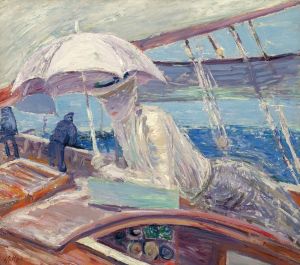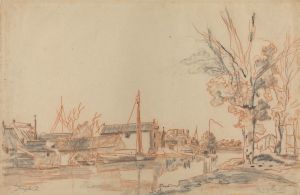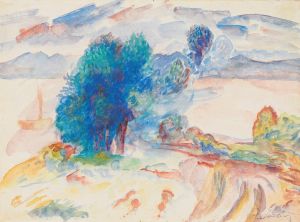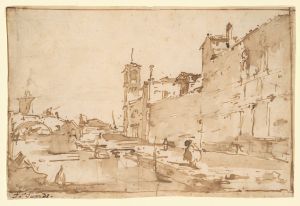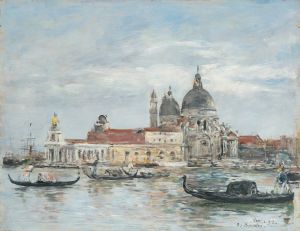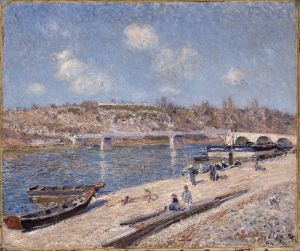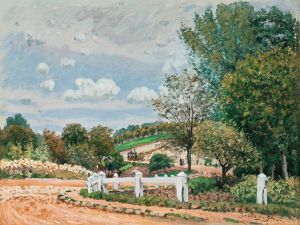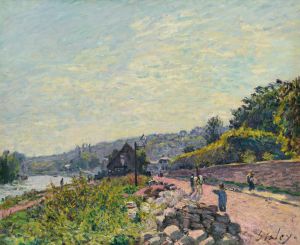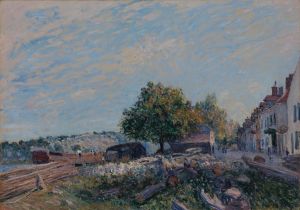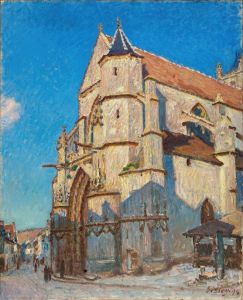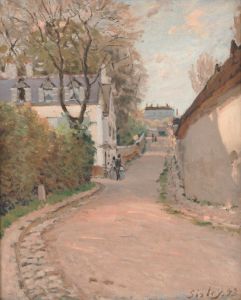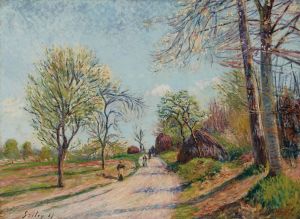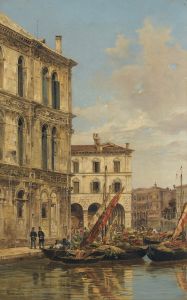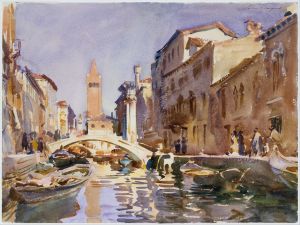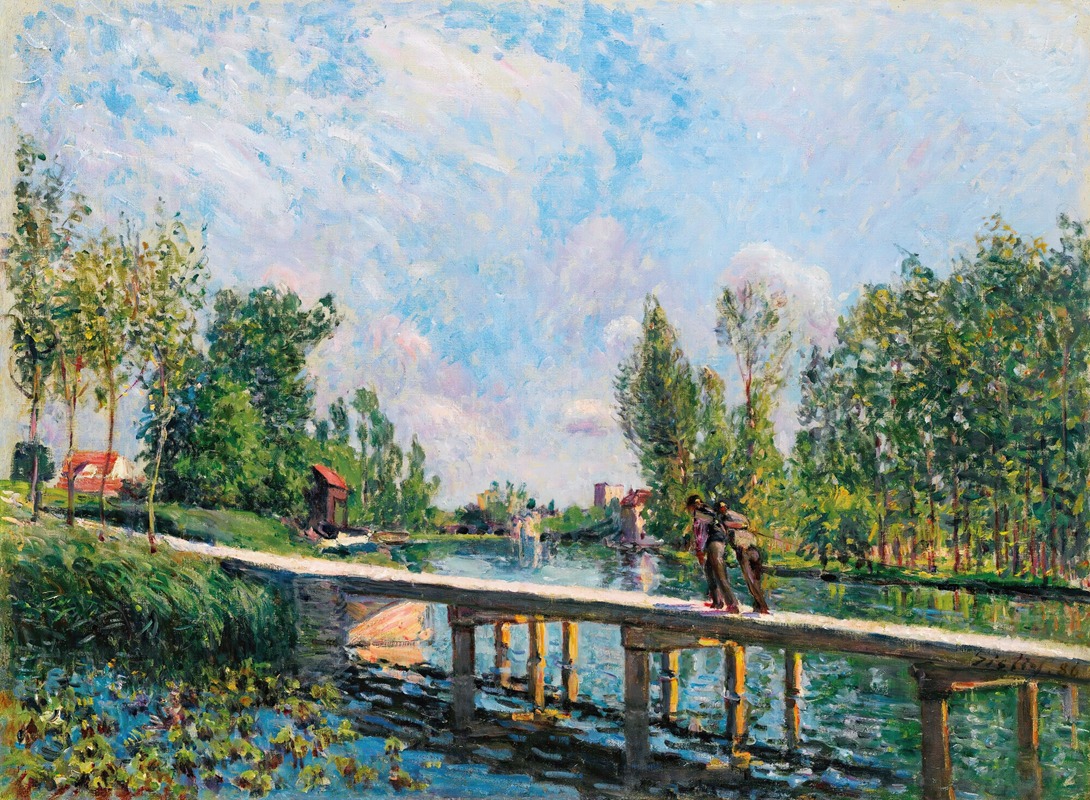
La Passerelle – Chemin De Halage Du Canal Du Loing
A hand-painted replica of Alfred Sisley’s masterpiece La Passerelle – Chemin De Halage Du Canal Du Loing, meticulously crafted by professional artists to capture the true essence of the original. Each piece is created with museum-quality canvas and rare mineral pigments, carefully painted by experienced artists with delicate brushstrokes and rich, layered colors to perfectly recreate the texture of the original artwork. Unlike machine-printed reproductions, this hand-painted version brings the painting to life, infused with the artist’s emotions and skill in every stroke. Whether for personal collection or home decoration, it instantly elevates the artistic atmosphere of any space.
Alfred Sisley, a prominent figure in the Impressionist movement, painted "La Passerelle – Chemin De Halage Du Canal Du Loing" in 1883. This artwork is a quintessential example of Sisley's dedication to capturing the transient effects of light and atmosphere, which are hallmarks of the Impressionist style. Sisley, born in Paris to British parents, spent much of his life in France, where he developed a profound connection with the French landscape, often depicting its rivers, canals, and rural scenes.
"La Passerelle – Chemin De Halage Du Canal Du Loing" illustrates a scene along the Canal du Loing, a waterway in the Île-de-France region. The canal, which runs through the Loiret and Seine-et-Marne departments, was a frequent subject in Sisley's work during the early 1880s when he lived in the nearby town of Moret-sur-Loing. This period was particularly productive for Sisley, as he found inspiration in the serene and picturesque surroundings.
In this painting, Sisley captures a footbridge (passerelle) over the canal, with a towpath (chemin de halage) running alongside it. The composition is characterized by its harmonious balance and the subtle interplay of light and shadow. Sisley's brushwork is loose and fluid, a technique that allows him to convey the shimmering reflections on the water and the dappled sunlight filtering through the trees. The palette is dominated by soft blues, greens, and earthy tones, which evoke a sense of tranquility and natural beauty.
Sisley's approach to this scene reflects his interest in the effects of weather and time of day on the landscape. The painting likely depicts a moment in late afternoon or early evening, as suggested by the warm hues and elongated shadows. This attention to atmospheric conditions is a defining feature of Sisley's work and underscores his commitment to painting en plein air, or outdoors, a practice that was central to the Impressionist ethos.
Throughout his career, Sisley remained faithful to landscape painting, unlike some of his contemporaries who explored other genres. His dedication to capturing the essence of the natural world is evident in "La Passerelle – Chemin De Halage Du Canal Du Loing," where he successfully conveys the quiet charm of the French countryside. Despite facing financial difficulties and receiving less recognition than some of his peers during his lifetime, Sisley's work has since been celebrated for its lyrical beauty and technical mastery.
Today, "La Passerelle – Chemin De Halage Du Canal Du Loing" is appreciated not only for its aesthetic qualities but also for its contribution to the Impressionist movement. Sisley's ability to transform a simple rural scene into a captivating visual experience exemplifies the transformative power of Impressionism and its enduring appeal. The painting serves as a testament to Sisley's skill in capturing the ephemeral beauty of nature and his unwavering dedication to his artistic vision.





